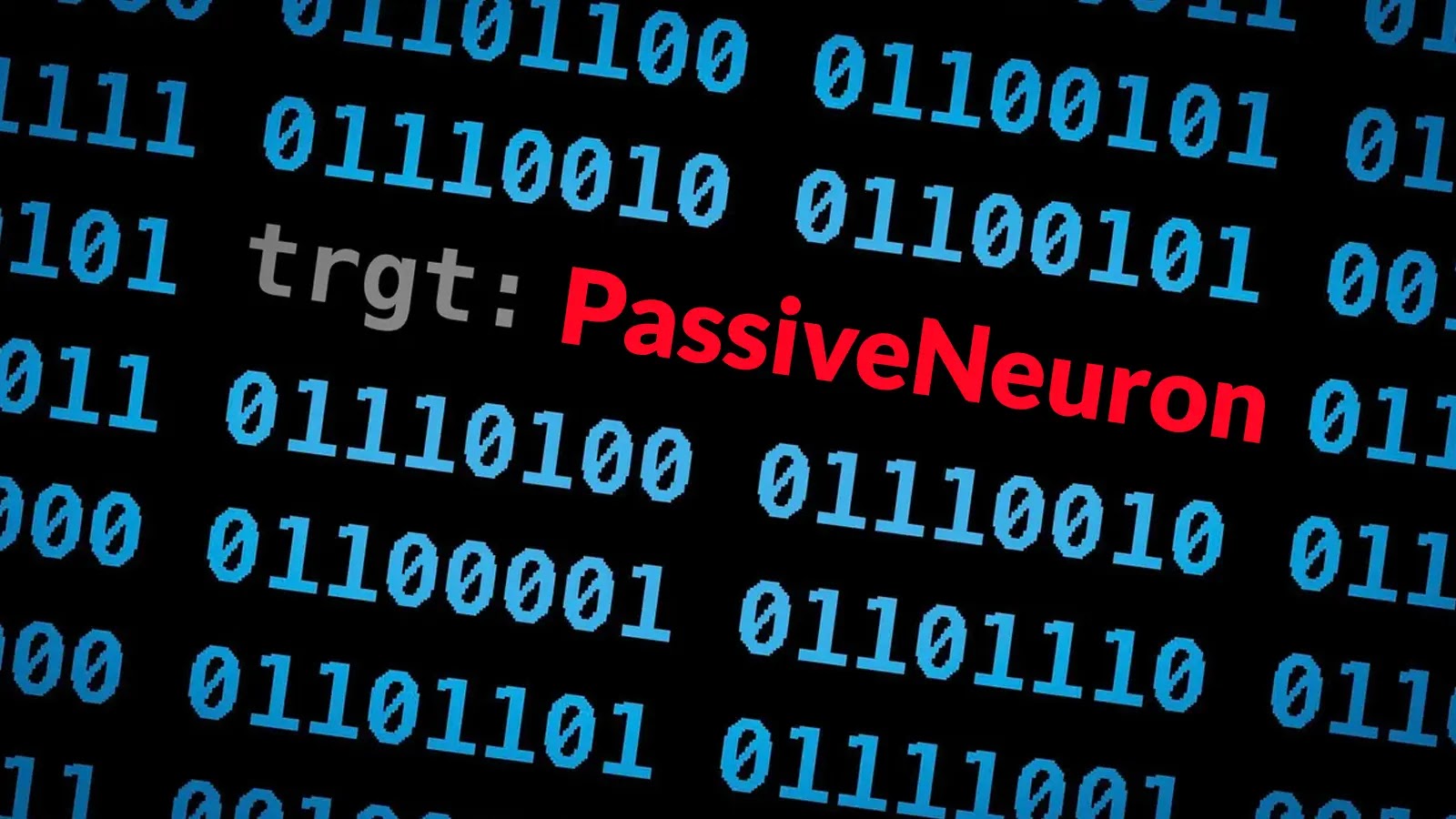
New PassiveNeuron Attacking Servers of High-Profile Organizations to Implant Malware
A sophisticated cyberespionage threat, dubbed PassiveNeuron, has re-emerged, relentlessly targeting high-profile organizations across critical sectors. This campaign poses a significant risk to government agencies, financial institutions, and industrial entities in Asia, Africa, and Latin America. Security professionals must understand the adversary’s tactics and implement robust defenses to safeguard their networks.
PassiveNeuron Returns: A Resurgence of Espionage
First observed in early 2024, the PassiveNeuron campaign initially went dormant for approximately six months. Its recent re-emergence in December 2024, with continuous infections noted as recently as August 2025, signals a persistent and evolving threat. This campaign is not merely a transient attack; it represents a dedicated effort by a highly skilled threat actor aimed at long-term infiltration and data exfiltration from sensitive targets.
Targeting Critical Infrastructure with Advanced Malware
The attackers behind PassiveNeuron demonstrate a clear focus on high-value targets. Organizations in the government, financial, and industrial sectors are prime objectives, likely due to the sensitive nature of the data they hold and their potential strategic importance. The campaign utilizes previously unknown advanced malware, indicating a high level of technical sophistication and a constant effort to evade traditional security measures. Details regarding specific CVEs exploited by PassiveNeuron are not publicly available in the provided source, which underscores the zero-day or N-day nature of some of these attacks.
Global Reach of the Threat
PassiveNeuron’s operational scope is geographically widespread, affecting regions critical to global commerce and governance. The presence of infections in Asia, Africa, and Latin America suggests a broad intelligence gathering mandate or a desire to destabilize key regional players. Organizations operating within these geographies, particularly those with connections to the targeted sectors, should exercise extreme vigilance.
Understanding the Threat: What We Know
- Threat Actor Sophistication: The use of previously unknown advanced malware points to a well-resourced and skilled threat actor.
- Campaign Lifecycle: A distinct pattern of activity, dormancy, and re-emergence suggests a strategic, long-term operational plan rather than opportunistic attacks.
- Target Focus: Government, financial, and industrial sectors are consistently being targeted, indicating a clear objective for high-value intelligence or disruption.
- Geographic Scope: Infections in Asia, Africa, and Latin America highlight a global reach and coordinated effort.
Remediation Actions and Protective Measures
Given the advanced nature of the PassiveNeuron campaign, proactive and comprehensive cybersecurity measures are paramount. Here are key remediation and preventative actions:
- Patch Management: Maintain a rigorous patch management program. While specific CVEs for PassiveNeuron’s exploits are undisclosed, keeping all systems, software, and firmware updated mitigates known vulnerabilities that might be leveraged as initial access vectors.
- Endpoint Detection and Response (EDR): Implement and continuously monitor EDR solutions across all endpoints. EDR can detect anomalous behavior, even from previously unknown malware, allowing for rapid containment.
- Network Segmentation: Segment your network to limit lateral movement. Should an intrusion occur, network segmentation can significantly reduce the attacker’s ability to spread and compromise critical assets.
- Intrusion Detection/Prevention Systems (IDS/IPS): Deploy and regularly update IDS/IPS to identify and block suspicious network traffic patterns that might indicate an attack or data exfiltration attempt.
- Threat Intelligence Feeds: Subscribe to reliable threat intelligence feeds that provide early warnings and indicators of compromise (IoCs) related to campaigns like PassiveNeuron. Integrate these feeds into your security tools.
- Employee Training: Phishing and social engineering remain common initial vectors. Regularly train employees on cybersecurity best practices, including identifying suspicious emails and links.
- Regular Backups: Implement a robust backup and recovery strategy to ensure business continuity in the event of a successful attack. Test these backups regularly.
- Principle of Least Privilege: Enforce the principle of least privilege for all users and systems to minimize the potential impact of a compromised account or system.
Conclusion
The re-emergence of PassiveNeuron underscores the ongoing and evolving nature of cyber warfare. High-profile organizations must acknowledge the persistent threat posed by sophisticated adversaries employing advanced, previously unknown malware. By prioritizing proactive defenses, robust patch management, advanced threat detection, and comprehensive employee training, organizations can significantly enhance their resilience against campaigns like PassiveNeuron and protect their critical assets.





